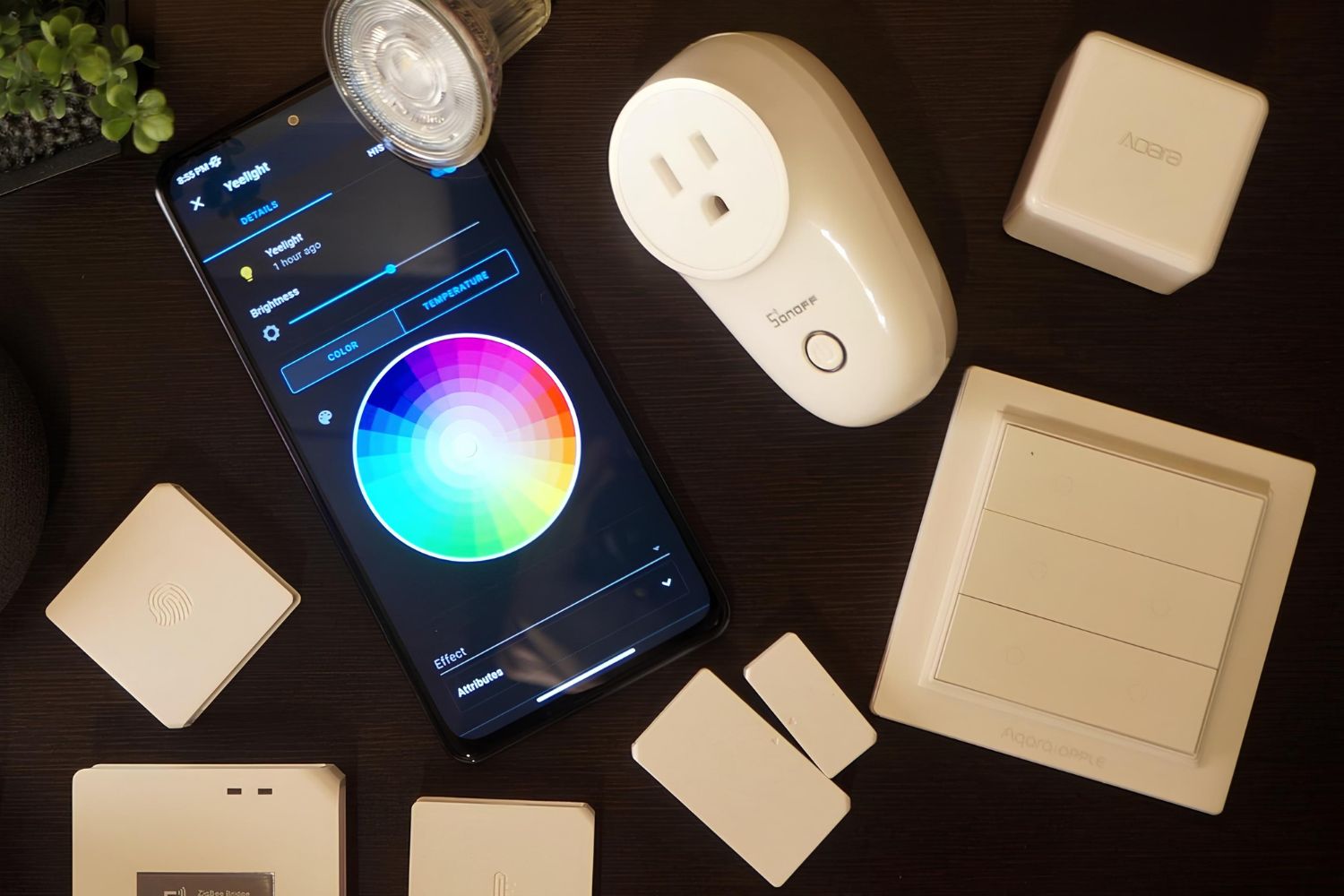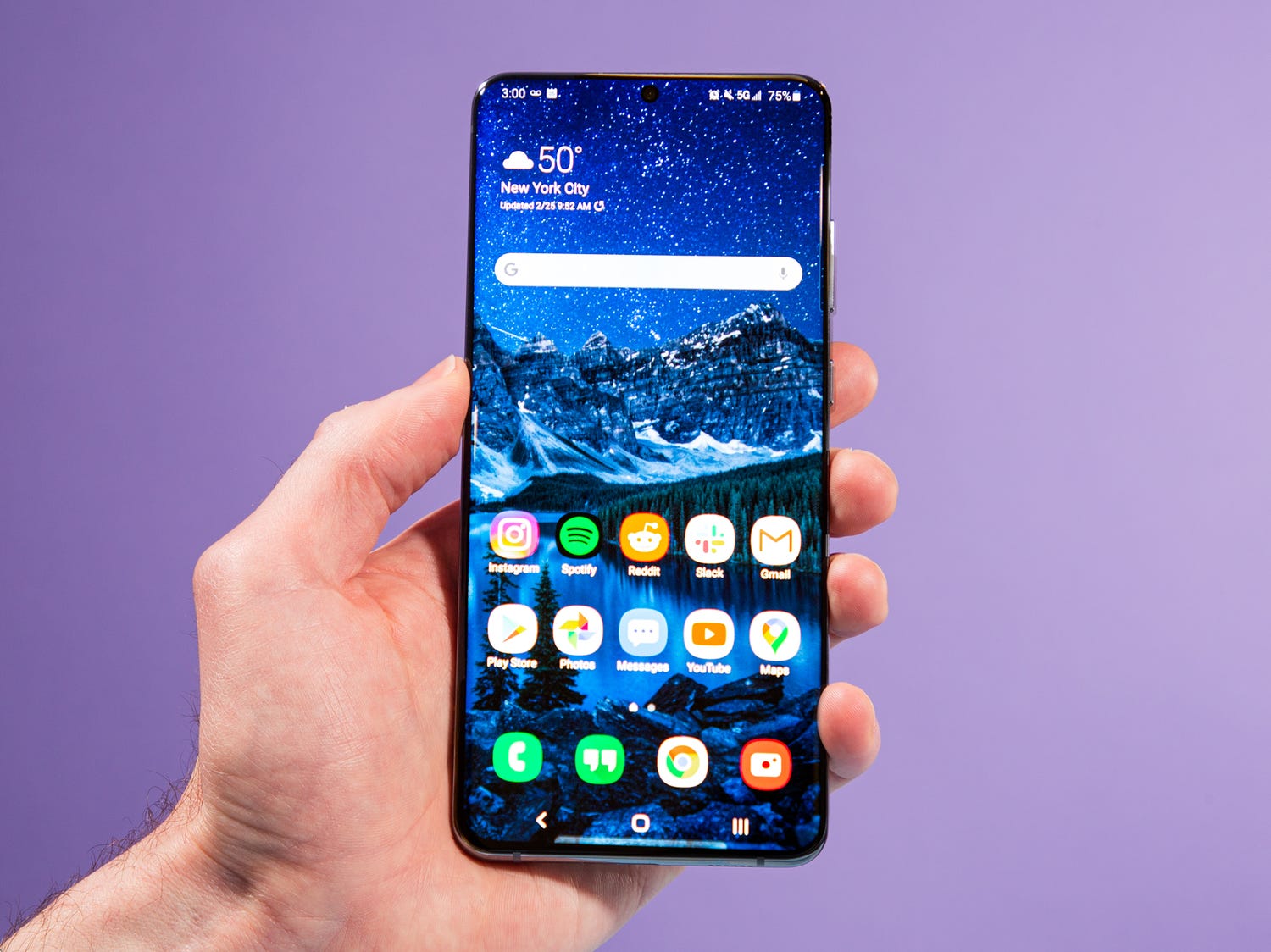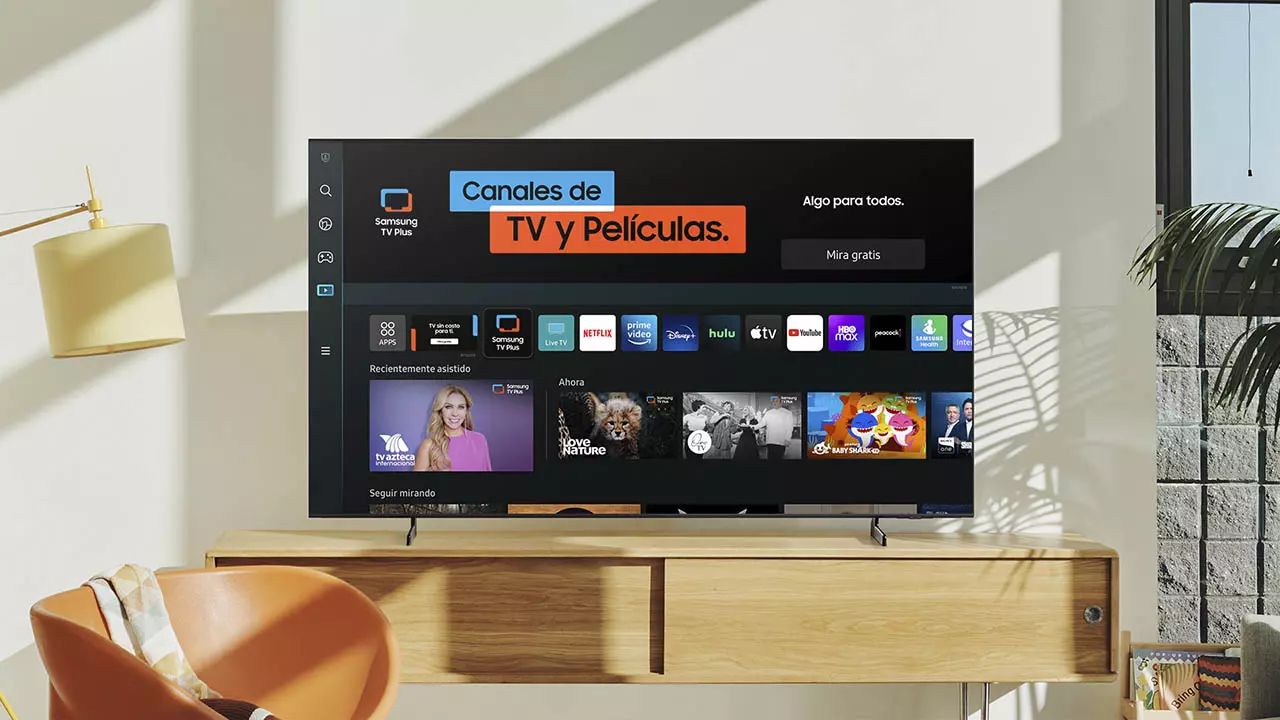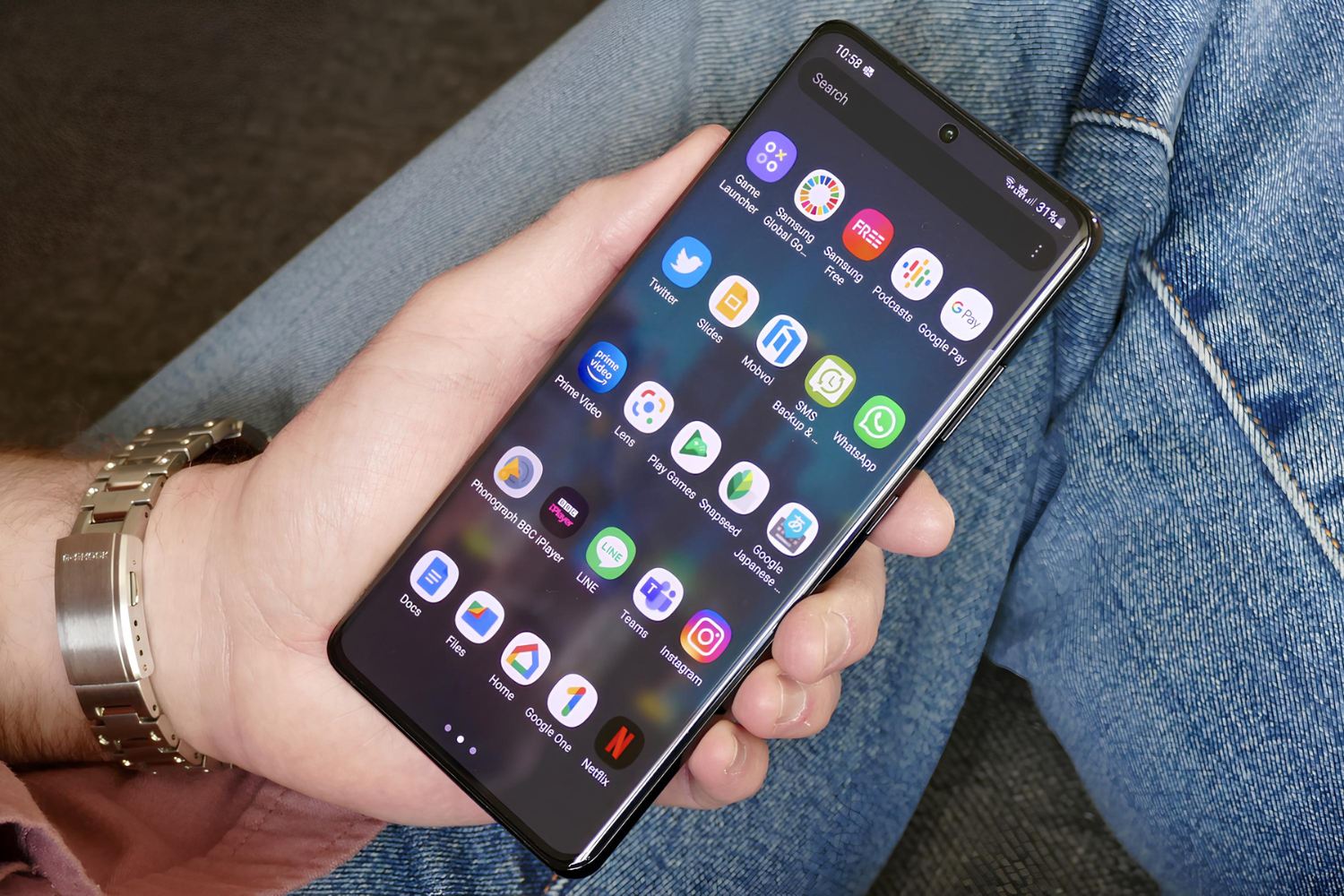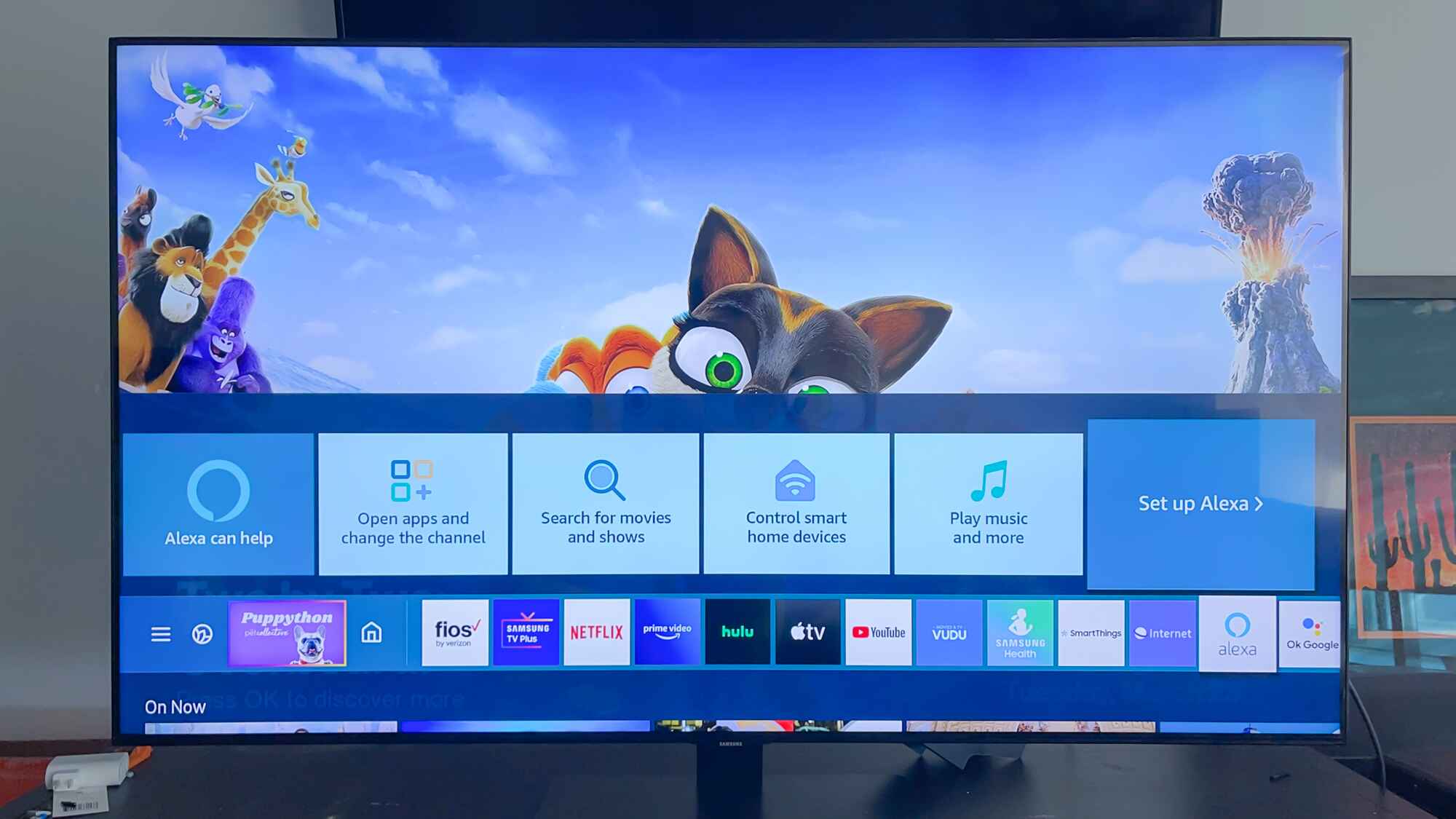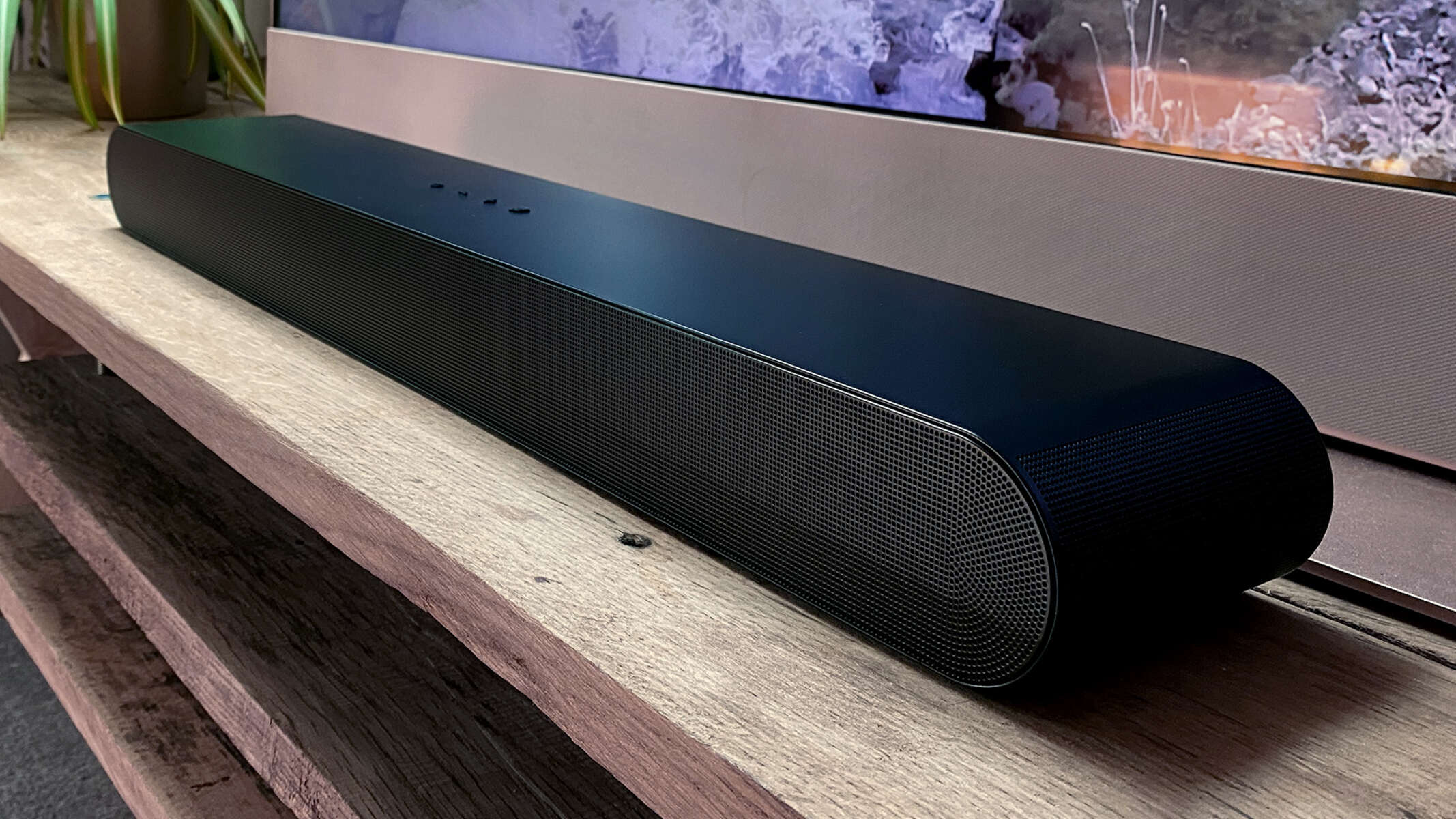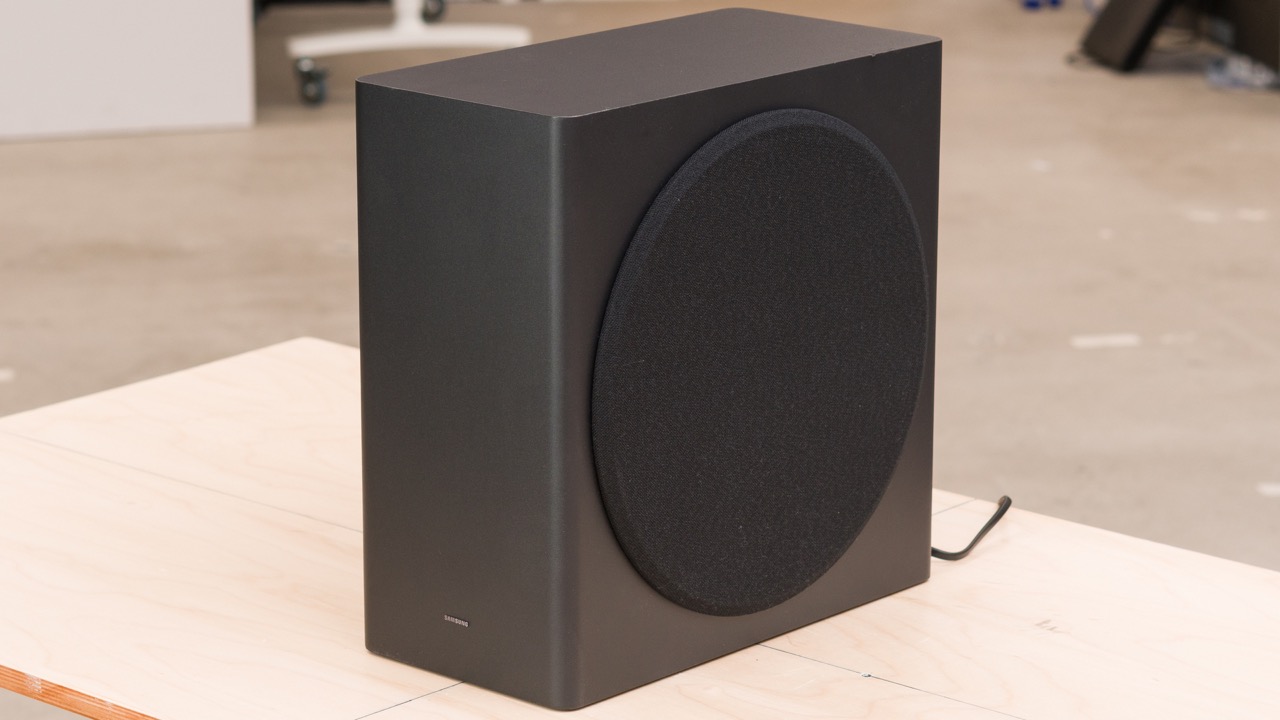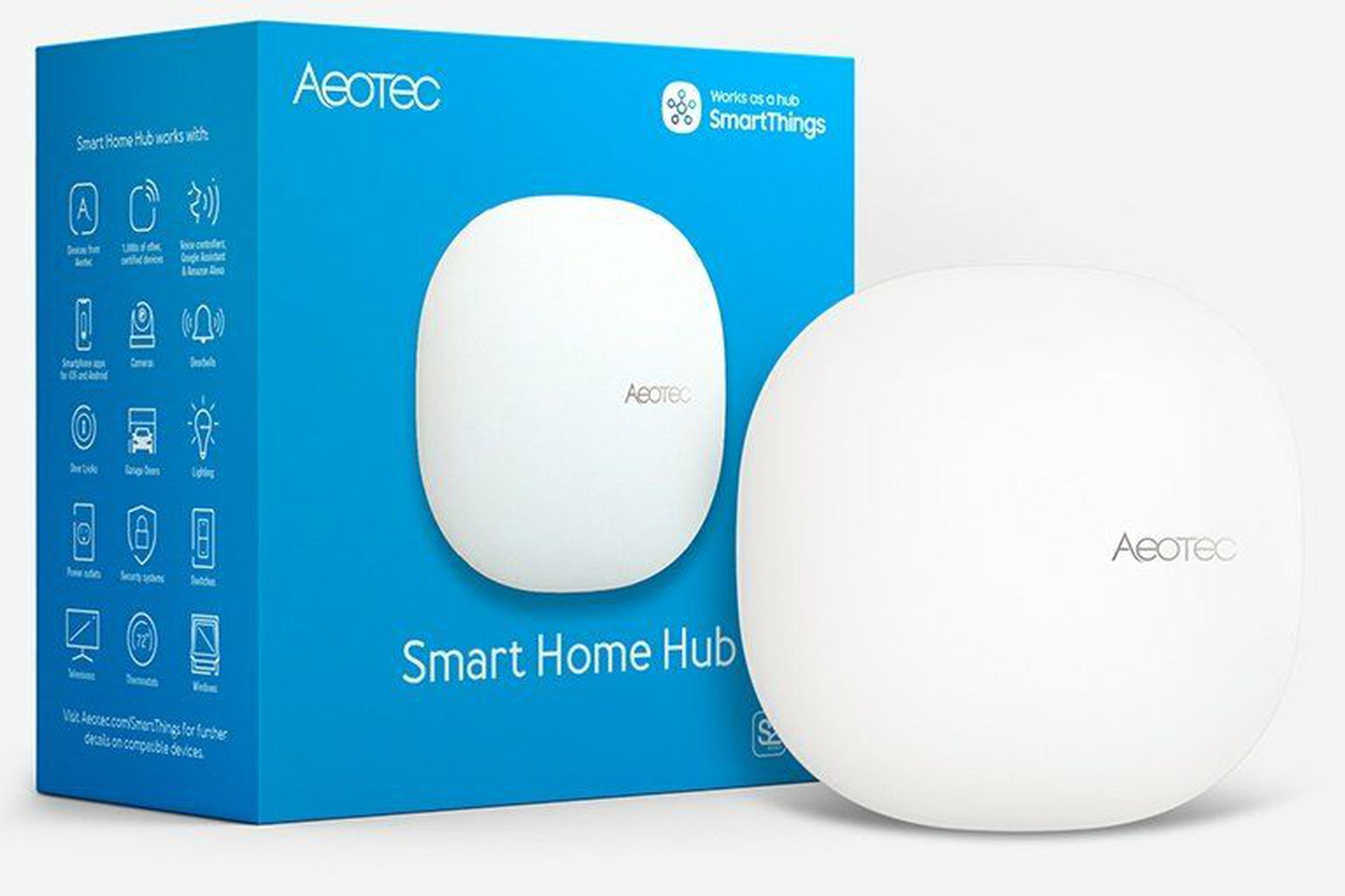Introduction
In today's fast-paced world, the integration of smart devices into our daily lives has become increasingly prevalent. From smart thermostats to intelligent lighting systems, the Internet of Things (IoT) has revolutionized the way we interact with our surroundings. One prominent player in this arena is Xiaomi, a leading technology company renowned for its innovative and affordable smart home devices.
As the demand for seamless connectivity and automation grows, many users seek to integrate their Xiaomi devices with popular smart home platforms like SmartThings. This integration not only consolidates control within a single interface but also opens up a myriad of possibilities for creating personalized and efficient smart home ecosystems.
In this comprehensive user guide, we will delve into the process of integrating Xiaomi devices with SmartThings. From the initial setup of SmartThings to the seamless addition and control of Xiaomi devices, this guide aims to provide users with a clear and detailed roadmap for harnessing the full potential of their smart home setup.
By following the step-by-step instructions and leveraging the tips and troubleshooting insights provided, users can unlock the power of their Xiaomi devices within the SmartThings ecosystem. Whether it's enhancing home security with Xiaomi cameras, optimizing energy efficiency with smart plugs, or creating custom automation routines with motion sensors, the integration of Xiaomi devices with SmartThings offers a wealth of possibilities to elevate the smart home experience.
As we embark on this journey, it's essential to approach the integration process with a sense of curiosity and a readiness to embrace the convenience and innovation that awaits. So, without further ado, let's dive into the world of seamless connectivity and smart home synergy as we explore the integration of Xiaomi devices with SmartThings.
Setting up SmartThings
Setting up SmartThings is the foundational step towards creating a cohesive and interconnected smart home environment. Whether you are a newcomer to smart home technology or a seasoned enthusiast, the process of setting up SmartThings is designed to be user-friendly and intuitive.
1. Getting Started
To embark on the journey of integrating Xiaomi devices with SmartThings, the first crucial step is to set up the SmartThings Hub. This central hub serves as the command center, facilitating communication between various smart devices and the SmartThings app. Begin by unboxing the SmartThings Hub and plugging it into a power source. Once powered on, the hub initiates the setup process, guiding users through the essential configuration steps.
2. SmartThings App Installation
With the hub in place, the next step involves downloading and installing the SmartThings app on your mobile device. Available for both iOS and Android platforms, the SmartThings app provides a user-friendly interface for managing and controlling smart home devices. Upon installation, the app prompts users to create an account and log in, laying the groundwork for seamless integration with Xiaomi devices.
3. Hub Configuration
Once the SmartThings app is installed, it's time to configure the SmartThings Hub within the app. This involves following the on-screen instructions to pair the hub with your Wi-Fi network and complete the initial setup. As the hub establishes a stable connection to the internet, it becomes primed to communicate with a diverse range of smart devices, including Xiaomi products.
4. Account Integration
To ensure a streamlined integration process, users can link their SmartThings account with their preferred voice assistant platforms, such as Amazon Alexa or Google Assistant. This integration enables voice commands for controlling smart devices and accessing the full spectrum of features offered by SmartThings.
5. Firmware Updates
Before proceeding with the addition of Xiaomi devices, it's advisable to check for firmware updates for the SmartThings Hub. Keeping the hub's firmware up to date ensures compatibility with the latest smart home devices and features, laying a solid foundation for a seamless and responsive smart home ecosystem.
By following these steps, users can successfully set up SmartThings, laying the groundwork for the integration of Xiaomi devices and the realization of a personalized and efficient smart home environment. With the hub in place and the SmartThings app at your fingertips, you are now ready to embark on the next phase of the integration process: adding Xiaomi devices to SmartThings.
Adding Xiaomi Devices to SmartThings
Integrating Xiaomi devices with SmartThings opens up a realm of possibilities for creating a seamlessly interconnected smart home ecosystem. The process of adding Xiaomi devices to SmartThings is designed to be straightforward, allowing users to harness the full potential of their smart devices within a unified platform. Here's a detailed walkthrough of the steps involved in adding Xiaomi devices to SmartThings:
1. Device Discovery
Upon completing the setup of SmartThings, navigate to the SmartThings app on your mobile device. Access the "Add Device" section within the app, initiating the process of discovering and pairing new smart devices. SmartThings employs a robust device discovery mechanism, scanning for compatible devices within its range.
2. Xiaomi Device Integration
To add Xiaomi devices to SmartThings, it's essential to leverage the SmartThings app's device integration functionality. Within the app, select the option to add a new device and choose the category that corresponds to the Xiaomi device being added. Whether it's a Xiaomi smart plug, motion sensor, or security camera, SmartThings offers a diverse range of device categories to accommodate various Xiaomi products.
3. Pairing Process
Follow the on-screen instructions to initiate the pairing process for the Xiaomi device. Depending on the specific Xiaomi device, the pairing process may involve pressing a designated button, scanning a QR code, or following a specific sequence to establish a secure connection with the SmartThings Hub. As the pairing process unfolds, the SmartThings app provides real-time feedback, guiding users through the necessary steps.
4. Device Recognition
Upon successful pairing, the SmartThings app recognizes the Xiaomi device and prompts users to assign a name and location for the newly added device. This step is crucial for organizing and managing multiple smart devices within the SmartThings ecosystem, enabling users to create intuitive and personalized control interfaces.
5. Functional Integration
Once the Xiaomi device is successfully added to SmartThings, it seamlessly integrates into the broader smart home environment. Users can leverage the full spectrum of SmartThings features to create custom automation routines, monitor device status, and control Xiaomi devices with ease. Whether it's scheduling the operation of a Xiaomi smart plug or receiving real-time alerts from a Xiaomi security camera, the functional integration within SmartThings empowers users to optimize their smart home experience.
By following these steps, users can seamlessly add Xiaomi devices to SmartThings, unlocking a world of possibilities for creating a cohesive and responsive smart home ecosystem. The integration of Xiaomi devices with SmartThings represents a pivotal step towards harnessing the full potential of smart home technology, offering unparalleled convenience and control at your fingertips.
Controlling Xiaomi Devices with SmartThings
Controlling Xiaomi devices with SmartThings marks the pinnacle of the integration process, empowering users to wield seamless control over their smart home ecosystem. Once Xiaomi devices are successfully added to SmartThings, users gain access to a myriad of intuitive controls and automation features, enhancing the overall convenience and efficiency of their smart home experience.
1. Device Management
Within the SmartThings app, users can effortlessly manage their integrated Xiaomi devices, accessing individual device controls and status indicators. Whether it's adjusting the settings of a Xiaomi smart plug, monitoring the activity of a motion sensor, or viewing live feeds from a Xiaomi security camera, the device management interface provides a centralized platform for overseeing and interacting with Xiaomi devices.
2. Custom Automation
SmartThings empowers users to create custom automation routines that encompass Xiaomi devices, enabling seamless integration with other smart home products. Through the app's automation features, users can orchestrate intricate sequences of actions, leveraging the capabilities of Xiaomi devices to enhance home security, optimize energy usage, and streamline daily routines. For instance, users can set up automated routines that activate Xiaomi motion sensors to trigger specific actions, such as turning on lights or sending notifications, based on detected movement.
3. Remote Control
One of the standout features of SmartThings is its support for remote control of Xiaomi devices. Whether users are at home or away, the app provides a secure and responsive platform for remotely accessing and controlling Xiaomi devices. This capability extends to a wide range of Xiaomi products, allowing users to remotely toggle smart plugs, adjust thermostat settings, and monitor the status of connected devices with unparalleled convenience.
4. Voice Commands
By integrating SmartThings with popular voice assistant platforms such as Amazon Alexa and Google Assistant, users can harness the power of voice commands to control Xiaomi devices. This seamless integration enables users to issue voice commands to adjust Xiaomi device settings, trigger automation routines, and receive real-time status updates, adding a layer of hands-free convenience to the smart home experience.
5. Enhanced Interoperability
SmartThings serves as a unifying platform that fosters interoperability between Xiaomi devices and a diverse ecosystem of smart home products. This interoperability enables users to create intricate cross-device interactions, allowing Xiaomi devices to seamlessly collaborate with other compatible smart home devices within the SmartThings environment. Whether it's coordinating the operation of Xiaomi devices with smart lighting, locks, or thermostats, the enhanced interoperability within SmartThings unlocks a realm of possibilities for creating a cohesive and responsive smart home ecosystem.
By leveraging the robust control capabilities offered by SmartThings, users can seamlessly integrate Xiaomi devices into their smart home environment, unlocking a wealth of features and customization options. The ability to manage, automate, and control Xiaomi devices within the SmartThings ecosystem represents a significant stride towards achieving a personalized and efficient smart home experience.
Troubleshooting and Tips
When integrating Xiaomi devices with SmartThings, encountering occasional challenges or seeking optimization opportunities is a natural part of the process. Here are some troubleshooting insights and valuable tips to streamline the integration and enhance the performance of Xiaomi devices within the SmartThings ecosystem:
1. Connectivity Concerns
In the event of connectivity issues between Xiaomi devices and the SmartThings Hub, it's advisable to ensure that the devices are within the optimal range of the hub. Additionally, verifying the strength and stability of the Wi-Fi network can contribute to a seamless connection. If persistent connectivity issues arise, consider repositioning the SmartThings Hub or utilizing Wi-Fi extenders to enhance coverage.
2. Firmware Updates
Regularly checking for firmware updates for both Xiaomi devices and the SmartThings Hub is essential for ensuring compatibility and accessing the latest features. Keeping the firmware up to date can address potential performance issues and introduce enhanced functionality, contributing to a more robust and responsive smart home environment.
3. Device Exclusion and Re-Inclusion
If a Xiaomi device exhibits erratic behavior or becomes unresponsive within the SmartThings ecosystem, performing a device exclusion followed by re-inclusion can often resolve underlying issues. This process involves removing the device from SmartThings and re-adding it, allowing for a fresh establishment of the device's connection and settings within the ecosystem.
4. Interference Mitigation
In scenarios where interference from other wireless devices or environmental factors affects the performance of Xiaomi devices, optimizing the placement of the SmartThings Hub and employing interference-resistant Wi-Fi channels can mitigate potential disruptions. Additionally, minimizing the proximity of potential sources of interference, such as large appliances or electronic equipment, can contribute to a more stable smart home environment.
5. Device-Specific Optimization
For specific Xiaomi devices, exploring the manufacturer's documentation and support resources can provide valuable insights into device-specific optimization and troubleshooting. Understanding the intricacies of individual Xiaomi products, such as recommended placement for motion sensors or optimal settings for smart plugs, can enhance the overall performance and reliability of these devices within the SmartThings ecosystem.
6. Community Forums and Support
Engaging with the SmartThings community forums and seeking support from fellow users can yield valuable troubleshooting tips and best practices. The collective knowledge and experiences shared within the community can offer practical solutions to common challenges and inspire innovative approaches to maximizing the integration of Xiaomi devices with SmartThings.
By leveraging these troubleshooting insights and tips, users can navigate potential challenges with confidence and optimize the performance of Xiaomi devices within the SmartThings ecosystem. Embracing a proactive approach to troubleshooting and incorporating best practices can elevate the smart home experience, ensuring a seamless and rewarding integration of Xiaomi devices with SmartThings.
Conclusion
In conclusion, the integration of Xiaomi devices with SmartThings represents a transformative leap towards creating a seamlessly interconnected and responsive smart home environment. By following the user guide's comprehensive instructions and leveraging the insights provided, users can unlock the full potential of their Xiaomi devices within the SmartThings ecosystem.
The journey begins with the foundational step of setting up SmartThings, where the user-friendly process of configuring the SmartThings Hub and installing the SmartThings app sets the stage for a streamlined integration experience. With the hub in place and the app at their fingertips, users are primed to embark on the seamless addition of Xiaomi devices to SmartThings.
The process of adding Xiaomi devices to SmartThings unfolds with intuitive device discovery, seamless integration, and functional integration, culminating in the seamless incorporation of Xiaomi devices into the broader smart home ecosystem. Once added, users gain access to a wealth of controls, automation features, and interoperability options, empowering them to tailor their smart home experience to their preferences and lifestyle.
Furthermore, the ability to control Xiaomi devices with SmartThings, whether through device management, custom automation, remote control, or voice commands, offers unparalleled convenience and flexibility. This level of control not only enhances the user experience but also elevates the efficiency and responsiveness of the smart home ecosystem.
As users navigate the integration process, the troubleshooting insights and valuable tips provided serve as a valuable resource for addressing potential challenges and optimizing the performance of Xiaomi devices within the SmartThings environment. By embracing a proactive approach to troubleshooting and incorporating best practices, users can ensure a seamless and rewarding integration experience.
In essence, the integration of Xiaomi devices with SmartThings transcends the mere connection of devices; it embodies the convergence of innovation, convenience, and personalization within the smart home landscape. The seamless synergy between Xiaomi devices and SmartThings empowers users to craft a smart home experience that aligns with their unique preferences and amplifies their daily routines.
With the integration process demystified and the potential for a personalized and efficient smart home experience within reach, users are poised to embark on a journey of discovery and empowerment as they harness the full potential of their Xiaomi devices within the SmartThings ecosystem. The integration of Xiaomi devices with SmartThings is not merely a technical feat; it is a gateway to a future where connectivity, convenience, and innovation converge to redefine the way we interact with our living spaces.







